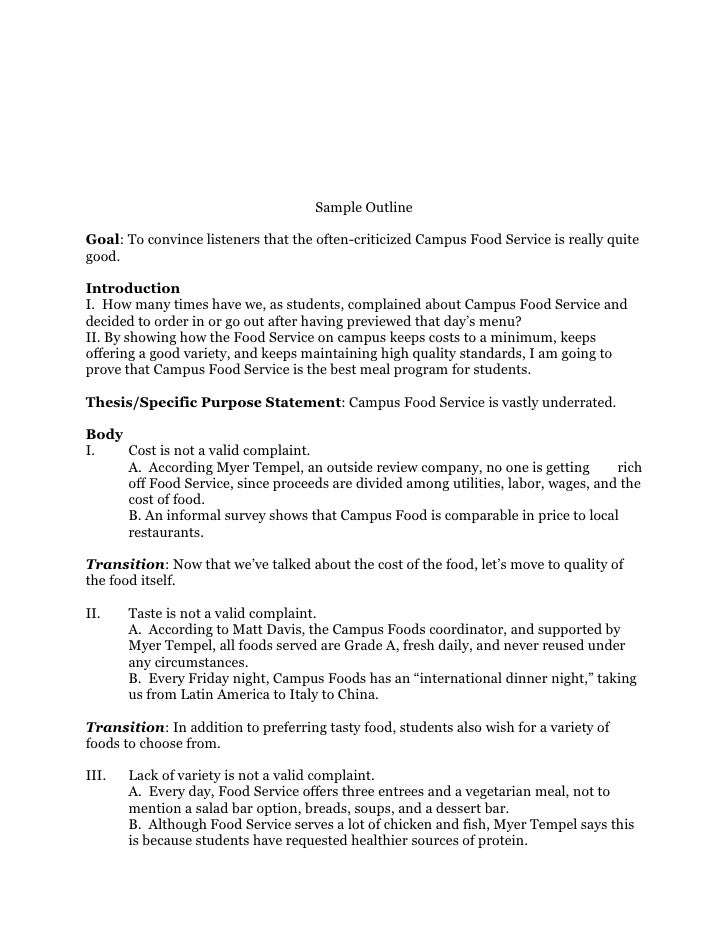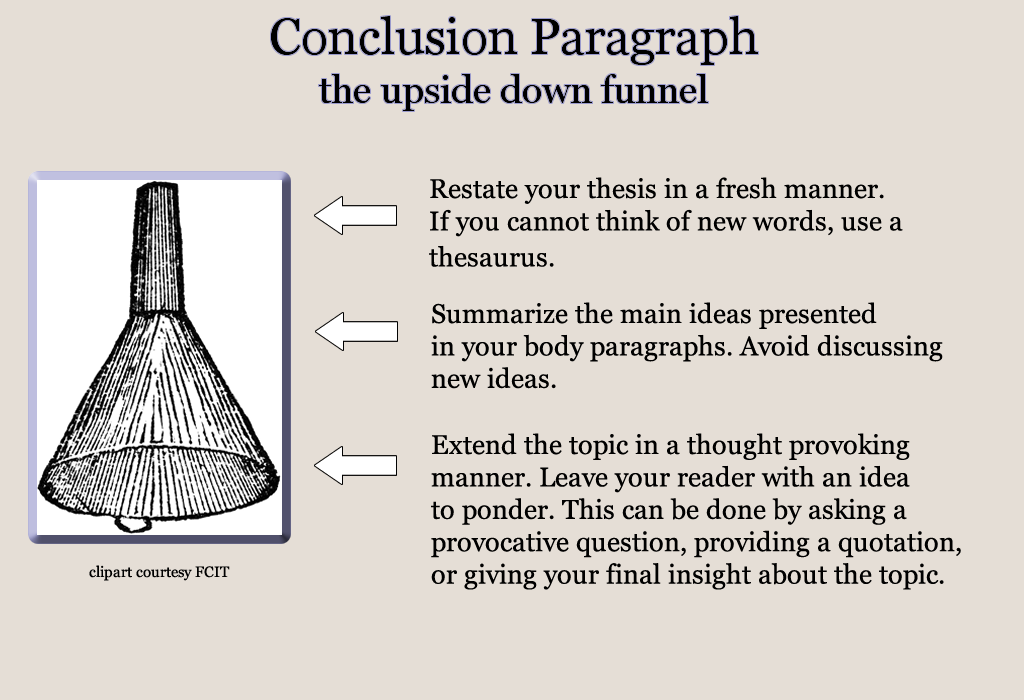
Read the journal’s guidelines on the discussion and conclusion sections.Remember that your paper should be both confident and honest about the results! Writing a discussion can be a delicate balance between summarizing your results, providing proper context for your research and avoiding introducing new information. While the above sections can help you brainstorm and structure your discussion, there are many common mistakes that writers revert to when having difficulties with their paper.

Here’s one way to structure an effective discussion: Writing Tips If possible, you’ll want to give yourself two or three paragraphs to give the reader a comprehensive understanding of your study as a whole. Trying to fit a complete discussion into a single paragraph can add unnecessary stress to the writing process. What is the “take-home” message you want your reader to leave with?.How can future research build on these observations? What are the key experiments that must be done?.Why are the results important or relevant to your audience? Do they add further evidence to a scientific consensus or disprove prior studies?.How do the conclusions reshape or add onto the existing knowledge in the field? What does previous research say about the topic?.If my hypothesis is partially correct or entirely different, what can be learned from the results?.a comparison between your results and initial hypothesis.


Regardless of what journal you are submitting to, the discussion section always serves the same purpose: concluding what your study results actually mean.Ī successful discussion section puts your findings in context. Highlighting these implications while not overstating the findings can be challenging, especially when you’re submitting to a journal that selects articles based on novelty or potential impact. The discussion informs readers about the larger implications of your study based on the results. When you’re ready to write your discussion, you’ve already introduced the purpose of your study and provided an in-depth description of the methodology. An effective discussion informs readers what can be learned from your experiment and provides context for the results. The discussion section contains the results and outcomes of a study.


 0 kommentar(er)
0 kommentar(er)
